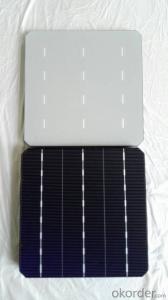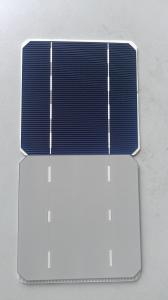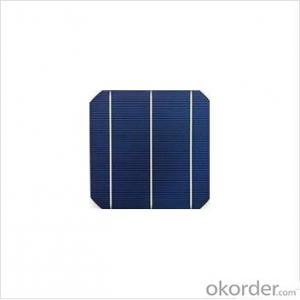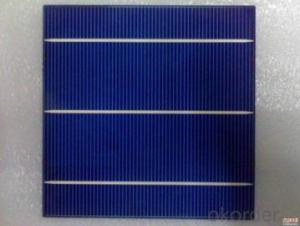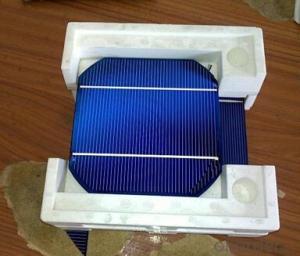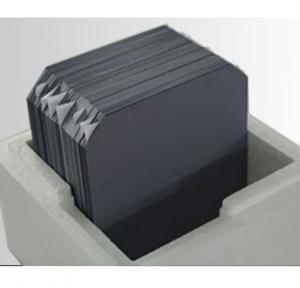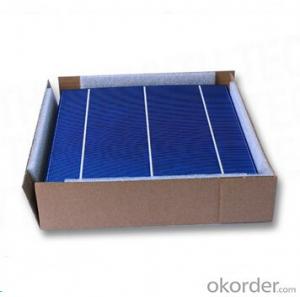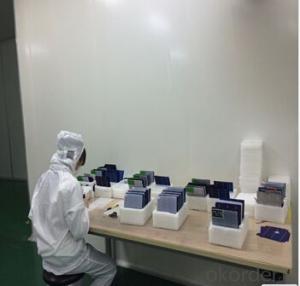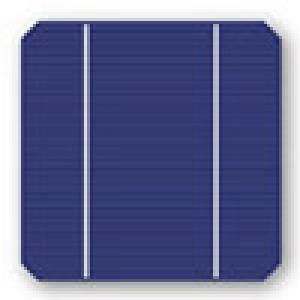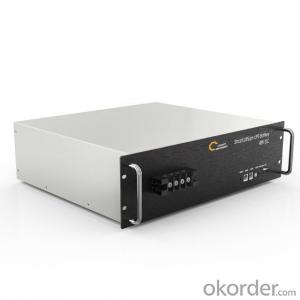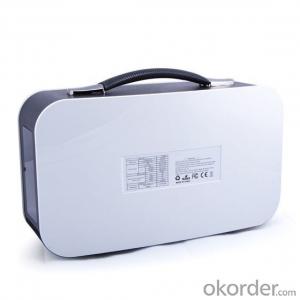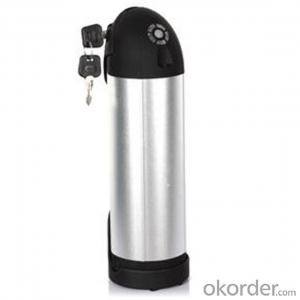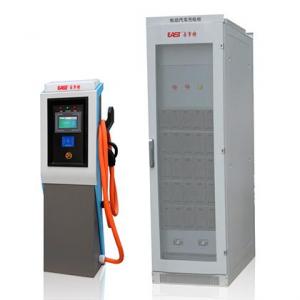Nano Solar Cells
Nano Solar Cells Related Searches
Bio Solar Cells Aerospace Solar Cells Satellite Solar Cells Photovoltaic Solar Cells Solar Energy Cells Electric Solar Cells Compact Solar Cells Free Solar Cells Low Cost Solar Cells Raw Solar Cells Lightweight Solar Cells Cheap Solar Cells Encapsulation Solar Cells Crystalline Solar Cells Organic Solar Cells Bacteria Solar Cells Biogenic Solar Cells High Power Solar Cells N-Type Solar Cells High Performance Solar Cells 12 Volt Solar Cells Affordable Solar Cells High Temperature Solar Cells Floating Solar Cells Chipped Solar Cells Chinese Solar Cells Residential Solar Cells High Efficiency Solar Cells Black Solar Cells Algae Solar CellsNano Solar Cells Supplier & Manufacturer from China
Nano Solar Cells represent a cutting-edge technology in the field of renewable energy, utilizing nanotechnology to enhance the efficiency and performance of solar energy conversion. These cells are designed to capture sunlight and convert it into electricity, offering a sustainable and eco-friendly solution for various applications. Their innovative design and compact size make them suitable for a wide range of uses, from powering small electronic devices to contributing to large-scale solar energy projects.Nano Solar Cells are finding their way into various industries due to their versatility and efficiency. They are being used in consumer electronics, such as smartphones and wearables, to provide an additional power source and extend battery life. In addition, they are being integrated into building materials, such as windows and rooftops, to harness solar energy for powering homes and commercial buildings. The applications of Nano Solar Cells are vast, and their usage scenarios continue to expand as technology advances.
Okorder.com is a leading wholesale supplier of Nano Solar Cells, boasting a large inventory to cater to the growing demand for this innovative product. With a commitment to quality and customer satisfaction, Okorder.com ensures that clients receive the best Nano Solar Cells at competitive prices. By partnering with Okorder.com, businesses and individuals can access a reliable source for high-quality Nano Solar Cells, enabling them to harness the power of the sun and contribute to a greener future.
Hot Products



